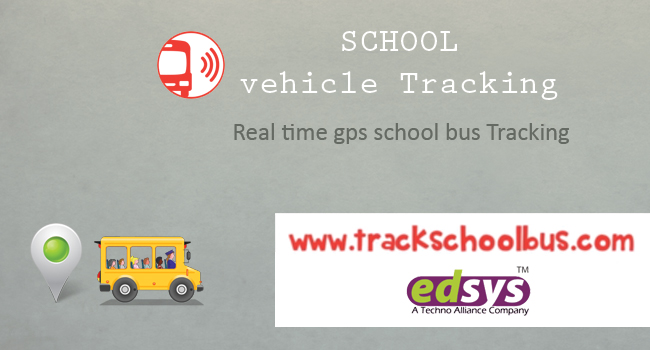There are many types of school buses, all school buses do not look the same. Whereas some are taller, others are shorter buses. Some of the buses look like vans and some others have their front portions appear different from other buses.
However, one common characteristic that is common to all school buses is that they are coloured yellow. Some of the school buses in the warmer regions have their roofs painted white.
In spite of minor differences, all school buses have to conform to specific safety standards imposed by the federal motor vehicles department.
Read Also : School Bus Designs : Why They Remain Unchanged
Basically school buses are classified into 8 different types. Read on to learn more about school buses and how they are grouped into the different classes.
1. Type A
This class of bus is further sub-divided into two other groups: Type A-1 and Type A-2. Basically, the Type –A school bus is constructed using a vehicle with a cutaway front section. The driver’s door is on the left side.
Type A-1 has a weight rating of less than 10000 lb and Type A-2 has a gross vehicle weight rating of 10000 lb or more. This is the maximum allowable weight when the bus is loaded to full capacity and includes the weight of vehicle, fuel, passengers, and all other items placed inside the bus including the spares.
One type that was introduced in the year 2004 had the rating of 14000 Lb. The bus is designed to carry more than 10 people on board.
2. Type B
This class of school bus is also designed to carry more than 10 people. The body of the bus is attached to a front-section vehicle chassis after construction. The gross weight rating is more than 10000 lb.
A section of the engine is placed beside the seat of the driver and behind the windshield. The entrance door for the students is placed behind the front side wheels of the bus.
This type of bus is less commonly seen these days. However, this type of bus is manufactured as per strict guidelines for specific requirements.
3. Type C
This type of a school bus is always considered the traditional school bus. In this conventional design, the body of the bus is on a flat chassis and the gross vehicle weight rating is over 10000 lb (typically between 23500 to 29500 lb).
The Type C bus is also designed to carry more than 10 passengers. The whole engine lies in front of the windshield. The passenger door is placed behind the front side wheels. This bus is the typical one used for transporting school students.
4. Type D
With the engine of the vehicle placed behind the windshield and just by the side of the driver’s seat, the Type D bus is designed for carrying more than 10 passengers.
This type of bus is also called the ‘forward engine (FE) bus’ or the ‘rear engine (RE) bus’ depending on where the engine is pace in an RE bus the engine is behind the rear wheels of the bus.
Also known as the ‘transit-style bus’, in this vehicle, the entrance doors through which the passengers can board are placed ahead of the front side wheels. The GVWR of the Type D bus is more than 10000 lb (typically between 25000 to 36000 lb).
5. Multifunctional Activity Bus
Any bus used by a school that is not intended for student transport need not be painted in the traditional yellow colour. These buses, however, should not ply on the regular routes that the yellow school buses take for transporting students from kindergarten to Grade 12.
They are prohibited from use as a regular transportation for students to and from school. The stop arm and flashing lights are not required to be installed in these buses.
However, all the precautionary standards to protect the bus from crashing should be present. All rash-avoidance precautions and post-crash standards and conspicuity standards should be present in the activity bus.
6. School Van
School vans are usually normal vans that have been converted into the former kind following all specifications required. Alterations that take place include cutting the roof off to make the van taller and full roll cage welding of the body of the bus.
Once these specifications are met, the van can be driven like a regular school van complying with all standards of the Motor vehicle safety department.
7. Alternate Vehicles
All alternate vehicles used in the school are made to comply with crash avoidance standards, but they do not have to meet the traffic conspicuity regulations such as the yellow colour paint and flashing lights.
8. Non-Conforming Vans
Generally used by schools to transport cargo, they are designed to carry 15 sitting passengers. These vans do not conform to the safety standards laid out for the purpose of vehicles that transport students.
Many of them lack even the basic safety standards that are laid out by the motor vehicle safety standards department.

























